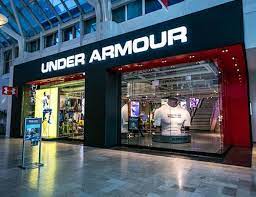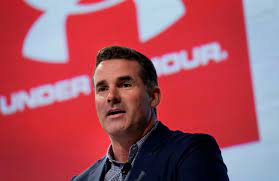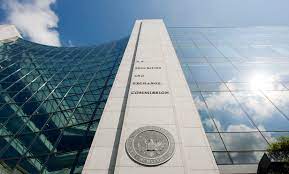Under Armour Agrees to Pay $9 Million to Settle SEC Charges it Mislead Investors About Revenue Growth

Under Armour settled its long-pending SEC investigation by agreeing to pay $9 million surrounding misleading statements and practices relating to its revenue growth and uncertainties as to future growth. As part of the settlement, the SEC declined to bring charges against its CEO, Kevin Plank, and its CFO, David Bergman. The Justice Department inquiry appears to have lost steam since the middle of last year, and DOJ likely declined prosecution.
Under Armour had been the subject of a long-running probe since 2019 when Under Armour disclosed the DOJ and SEC investigations into its accounting practices. The SEC’s case eventually focused on its revenue projections and accounting practices.
In particular, the SEC cited Under Armour’s use of “pull forward” sales, which is a term used to describe fraudulent counting of customer sales earlier that projected.
As set out in the SEC settlement (Here), Under Armour’s internal revenue and growth forecasts for the end of 2015 was projected to fall short from analysts’ revenue estimates, and in particular, the results for North America. Further, warm weather was reducing Under Armour’s winter sales projections for higher-priced apparel.
To meet analyst and internal estimates, Under Armour “pulled forward” approximately $408 million in customer orders that customers requested be shipped in future quarters. Under Armour relied on this accounting practice, which was contrary to well-established revenue recognition rules and accounting standards, for six consecutive quarters beginning in the third quarter of 2015.

At bottom, Under Armour mislead investors about its revenue growth by failing to explain the use of its “pull forward” practices. Relying on this practice, Under Armour was able to achieve analyst sales projections for each quarter. Under Armour falsely attributed such growth to other factors that it knew were not accurate.
The SEC had issued Wells Notices to Under Armour’s CEO and CFO but dropped its intention to sue as part of the overall settlement.
Under Armour’s adoption of the pull forward sales orders to meet sales targets caused Under Armour to offer incentives to wholesale customers such as discounts or extended payment terms.
In one case, in September 2016, a wholesaler was asked to commit to buy more products and responded, “We just brought a bunch of your good in early to help out your quarter . . . Now you want more …More …More…more…30% [price discount] please.” Under Armour eventually gave the company a 25 percent discount and an extra month to pay.
Under Armour reported year-over-year revenue growth for 26 straight quarters, beginning in the second quarter in 2010. Its year-over-year growth exceeded 20 percent. Under Armour repeatedly highlighted its growth streak in earnings calls and earnings releases.
In the second half of 2015, however, Under Armour’s internal revenue forecasts for the remainder of 2015 indicated shortfalls from analysts’ revenue estimates. In response to these forecasts, and out of concern to maintain its stock price, Under Armour instituted a plan to accelerate or “pull forward” existing orders that customers requested to ship in future quarters to close the gap between internal estimates and analysts’ estimates.
For six consecutive quarters, Under Armour relied on pull forwards to meet analysts’ revenue estimates. During this period, Under Armour pulled forward $408 million in order. Under Armour failed to disclose to investors its reliance on pull forward practices.

In September 2016, for example, Under Armour planned to pull through a large shipment of over $50 million by sending it to a customer in December 2016 rather in in 2017 as the customer initially contemplated. An Under Armour senior executive acknowledged that the desire to ship the product early was to meet analysts’ revenue estimates, stating that the customer “isn’t setting [Under Armour product in its stores] until February, so whether we thought it was $20 or $53 [million] or whatever, really [the customer] doesn’t want any of that product in December but we are shipping it and they are absolutely taking it from us as a favor. If we were a privately held company, we would not ship that product to them in December.”
On January 31, 2017, Under Armour announced that it missed analysts’ revenue estimates for the fourth quarter and for 2016, and its stock price dropped nearly 25%. Since that date, Under Armour’s growth for each quarter has remained in the single digits or negative.
















1 Response
[…] Underarmour settles EC charges. Mike Volkov in Corruption, Crime and Compliance. […]